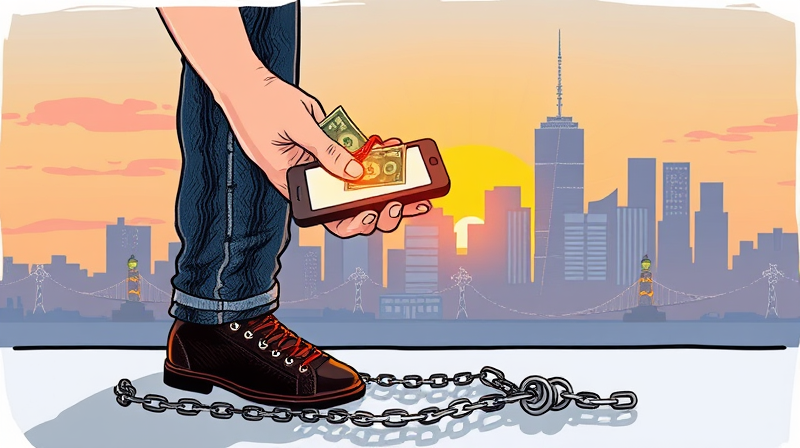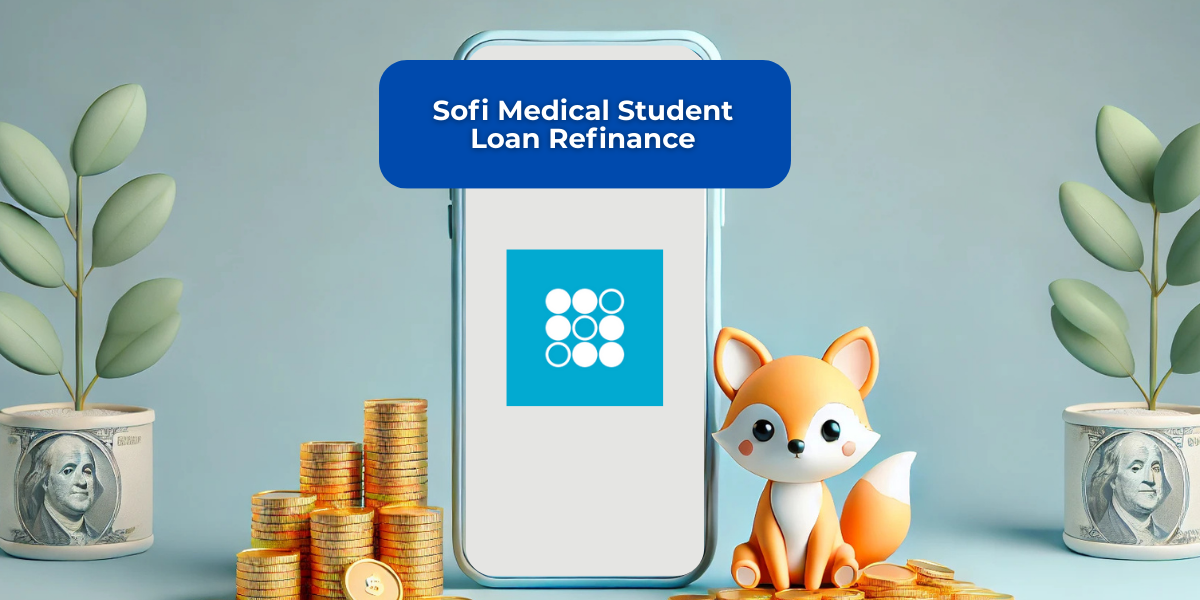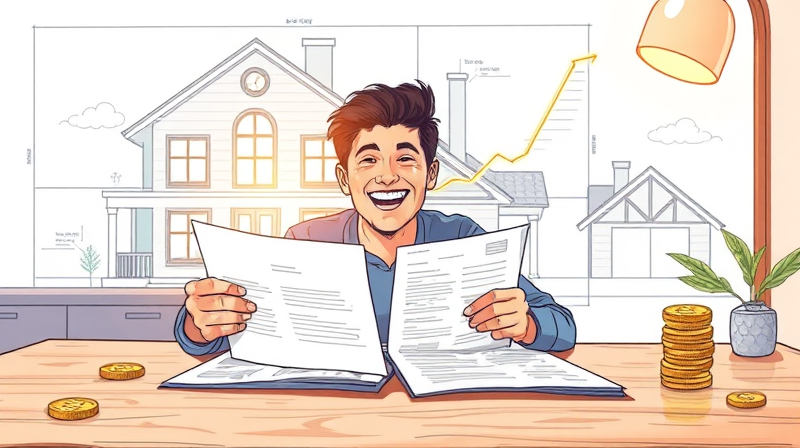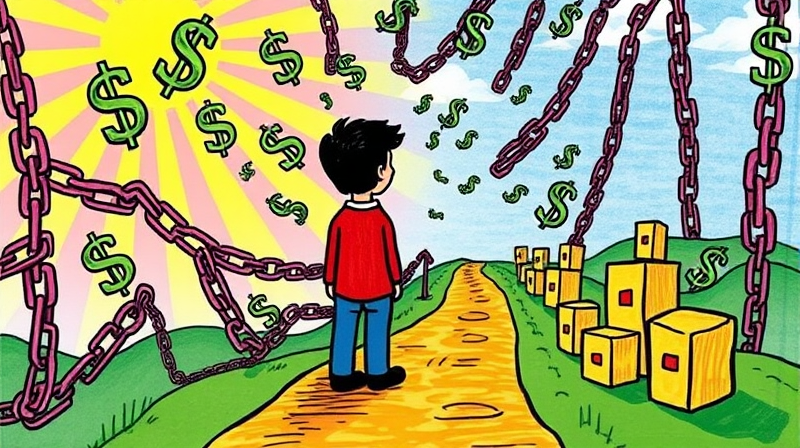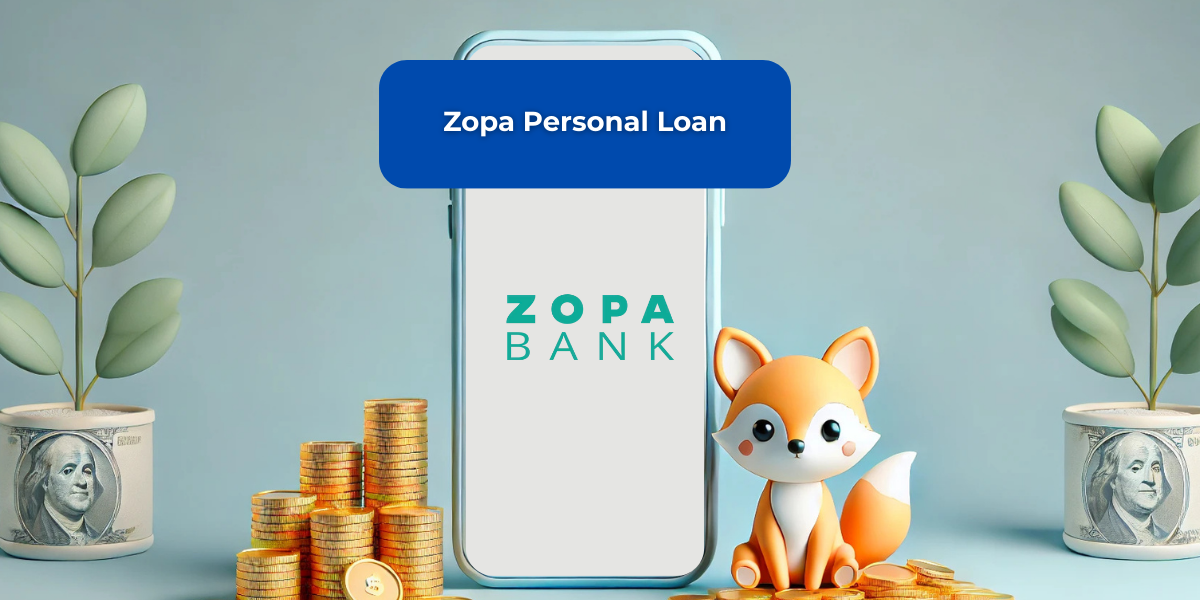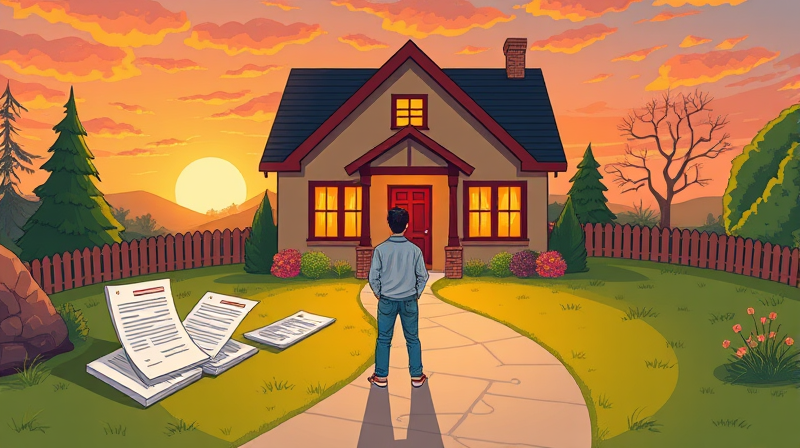Life can change in an instant. A sudden medical bill, an unexpected car repair, or a layoff can leave anyone scrambling for funds. In these moments, emergency loans often appear to be a lifeline, offering what seems like a quick solution. Yet, beneath the surface, many fast-cash options conceal hidden dangers that can deepen financial stress.
By understanding the landscape of emergency borrowing in 2025, you can make informed decisions, minimize risks, and protect your long-term financial health. This comprehensive guide will explore the true costs, emerging trends, practical strategies, and precautionary steps you can take today.
Understanding Emergency Loans
Emergency loans serve as financial lifelines during unexpected circumstances, delivering funds in hours or days when traditional lending routes prove too slow. Driven by digital platforms and embedded finance solutions, these loans have become more accessible and user-friendly. However, easy access does not guarantee affordability.
In 2025, borrowers can choose from a variety of options—from credit card cash advances to government-backed agricultural loans. While each product fulfills a different need, they share a common pitfall: the potential for exorbitant interest rates and fees. Without careful planning, a short-term crisis can spiral into a long-term debt burden.
The Real Cost of Borrowing
Interest rates for emergency borrowing span a dramatic spectrum. At one end, USDA agricultural emergency loans carry a rate of just 3.750% as of May 2025. At the other, payday and short-term loans can exceed 400%. Even personal loans and credit card advances often come with variable APRs stretching from 7% to 36% or higher.
Consider the following snapshots of American financial reality:
- 37% of U.S. adults tapped into emergency savings in the past year.
- 80% of those funds covered essentials like bills, food, and housing.
- 33% have more credit card debt than they hold in savings, down from 36% in 2024.
Financial experts now recommend maintaining about $35,000 in liquid reserves—roughly six months of expenses. Yet the median balance in transaction accounts is only $8,742, covering merely 1.5 months of costs. This gap pushes many consumers toward high-cost borrowing.
Exploring Available Options
Choosing the right emergency loan means balancing speed, cost, and risk. Below is a concise summary of common products:
Hidden Dangers and How to Avoid Them
While emergency loans can deliver immediate relief, they often serve as band-aid solutions that don’t resolve underlying financial fragility. Here are key threats to watch for and strategies to mitigate them:
- Debt spirals fueled by high rates: Paying only minimums can extend repayment and multiply interest paid.
- Lack of transparency: Fees, prepayment penalties, and APR calculations may be unclear.
- Overreliance on quick-cash fixes: Habitual borrowing can erode credit scores and worsen financial stress.
To protect yourself, follow these guidelines:
- Read all terms and conditions before signing.
- Compare multiple lenders to find the best rates.
- Limit borrowing to true emergencies—avoid using loans for discretionary expenses.
Emerging Trends in 2025
The emergency loan landscape is shifting rapidly under the influence of technology, regulation, and consumer behavior:
1. Increased accessibility: Embedded finance solutions now integrate loan offers directly into banking apps, delivering funds instantly during a crisis.
2. Digital transformation: Automated credit models and real-time data analytics accelerate approvals, but may overlook nuanced borrower circumstances.
3. Regulatory changes: New policies aim to cap APRs, enforce clearer disclosures, and promote financial literacy programs linked to lending products.
While these advancements hold promise, they also raise concerns about data privacy, algorithmic bias, and potential overextension of credit by tech-driven platforms.
Practical Steps to Financial Resilience
Rather than defaulting to high-cost loans, adopt these proactive measures to build stability and reduce reliance on emergency borrowing:
- Establish a dedicated emergency fund: Automate transfers to a separate account—aim for at least three months of expenses initially, scaling up to six months over time.
- Review and trim your budget: Identify non-essential expenses and redirect those funds into savings.
- Increase financial literacy: Seek resources, workshops, or counseling to understand credit products, interest rates, and debt management.
- Explore alternative support: Community assistance programs, credit unions, and nonprofit lenders may offer lower-cost solutions.
When emergencies strike, knowing you have a plan can transform anxiety into confidence. A robust cushion provides breathing room to make thoughtful choices, avoiding the traps of high-risk lending.
Conclusion
Emergency loans can offer critical aid when time and resources are scarce, but they carry significant hidden dangers. Understanding the full cost of emergency borrowing empowers you to navigate offers with clear eyes, choosing only what truly makes sense for your situation. By embracing practical strategies—building savings, refining budgets, and leaning on community support—you can shift from reactive borrowing to proactive resilience.
Your financial well-being hinges not on quick fixes, but on thoughtful preparation and informed decision-making. Step into 2025 with a plan that prioritizes long-term stability over fleeting relief, and you’ll emerge stronger, more secure, and ready to face whatever challenges lie ahead.
References
- https://www.bankrate.com/loans/personal-loans/true-cost-of-emergency-loans/
- https://www.af247.com/blog/the-future-of-emergency-loans-trends-and-predictions-for-2025-and-beyond/
- https://www.bankrate.com/banking/savings/emergency-savings-report/
- https://www.lendingtree.com/personal/personal-loans-statistics/
- https://www.investopedia.com/your-emergency-fund-should-be-usd35-000-here-s-why-11725755
- https://www.investopedia.com/terms/b/blockchain.asp
- https://www.fsa.usda.gov/news-events/news/05-01-2025/usda-announces-2025-lending-rates-agricultural-producers

